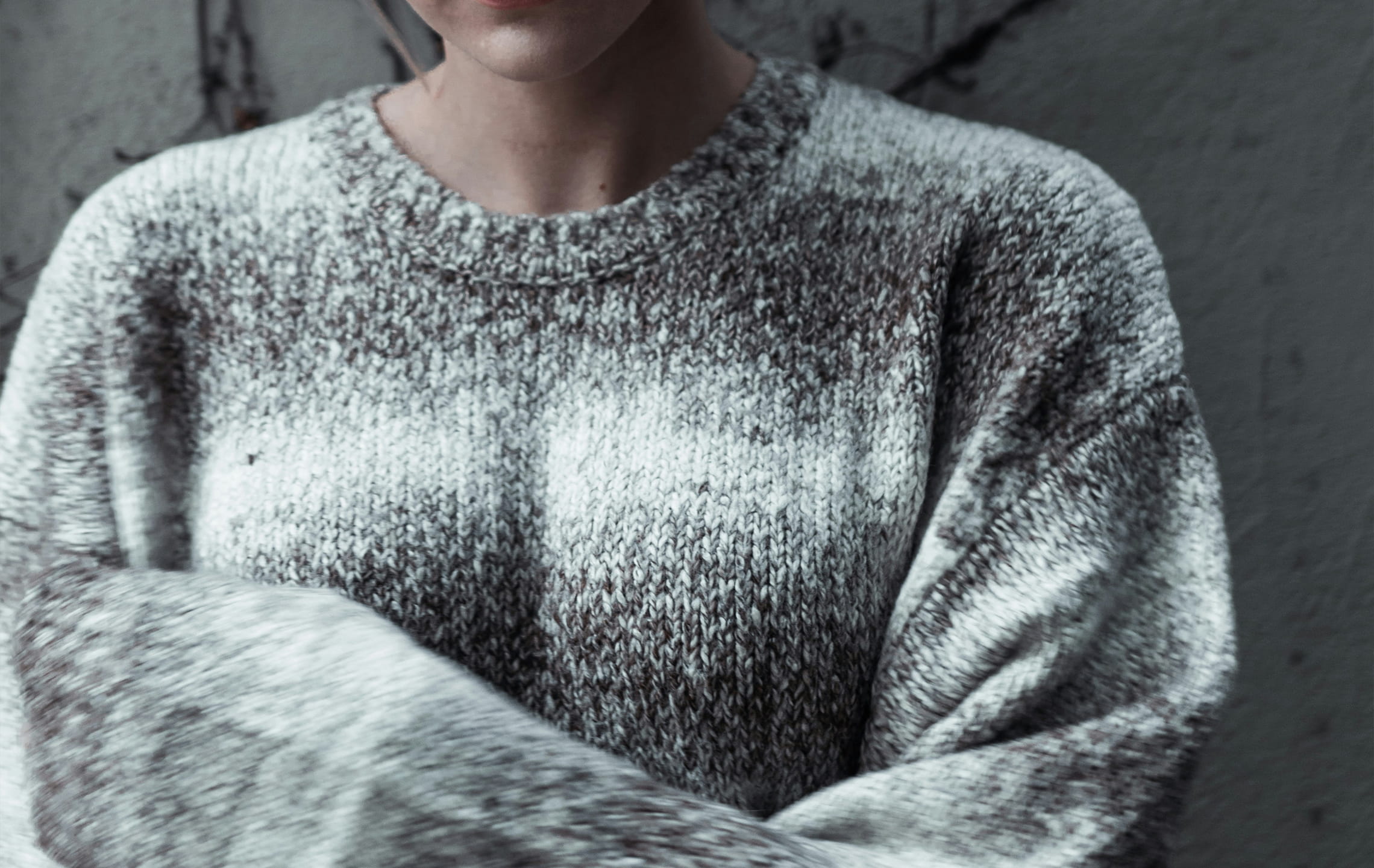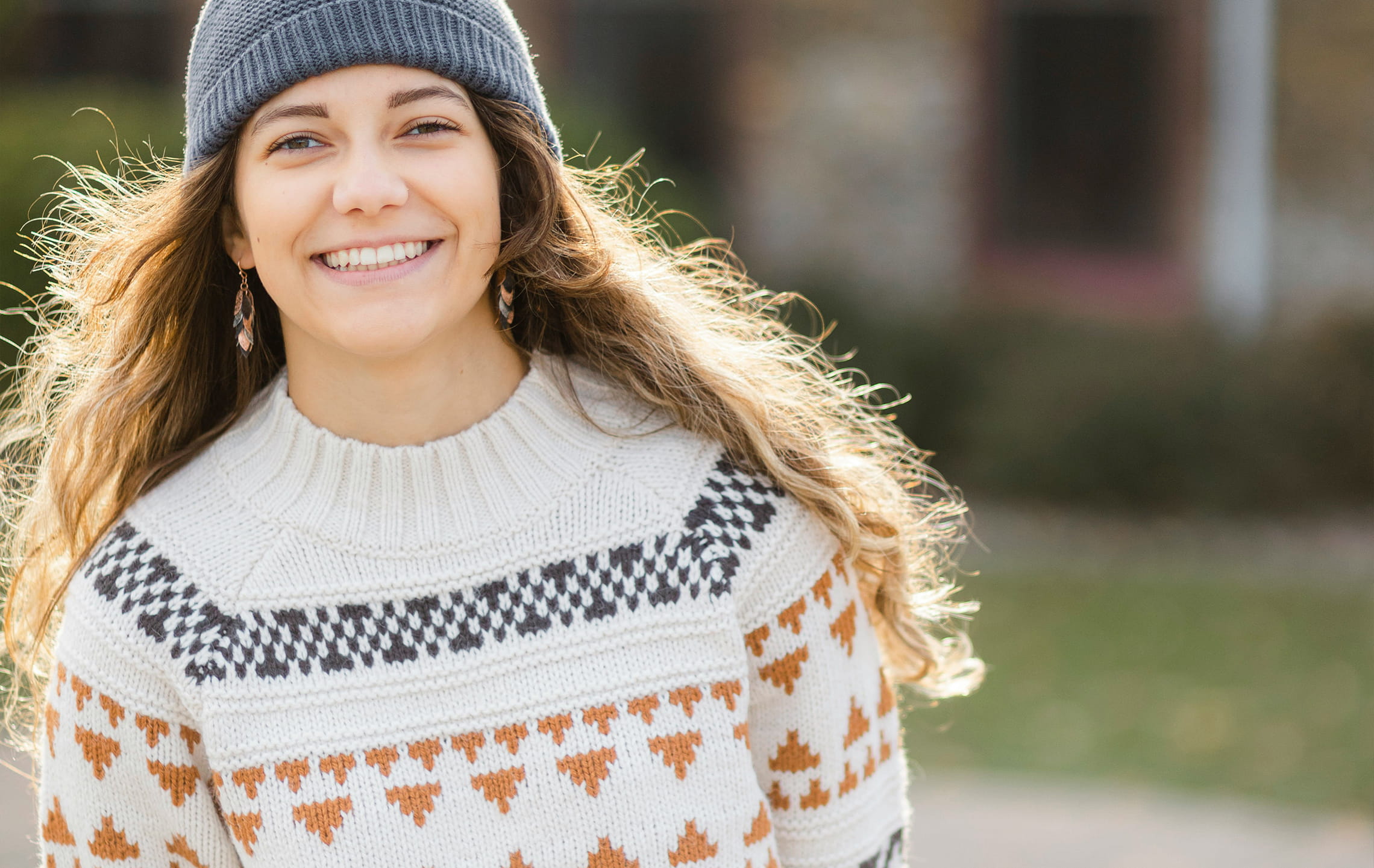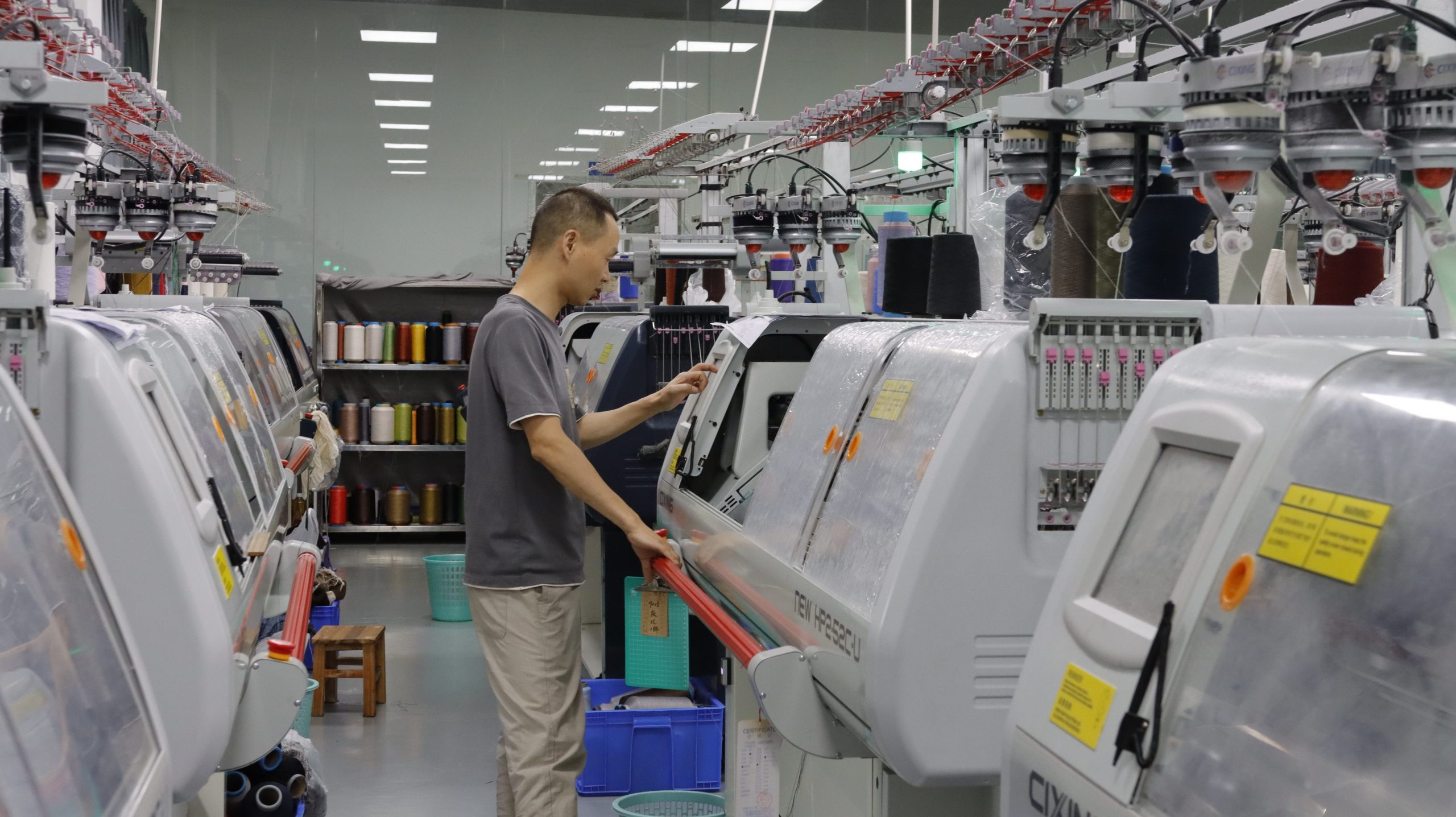Modal Introduction
Modal, a fabric textile staple with excellent draping and wrinkle resistance, is a popular choice for high-end branded apparel and home furnishings.
It gets its name from the fibers extracted from beech wood.
Modal’s manufacturing process utilizes wood material, which primarily includes wood pulp from eucalyptus or other hardwoods. The process of manufacturing modal often employs environmentally friendly production techniques, such as recycling systems, to minimize the impact on the environment. In addition, Modal’s raw materials are sourced from sustainably managed forests, making its production process environmentally sustainable.
The origins of modal
Modal fibers originate from research and development at the Lenz Spinning Mill in Austria.
The mill began experimenting with wood pulp fibers from beech wood in the early 1960s.
After a series of experiments and improvements, they developed a fiber called “Lenz Moda”, which is known today as Modal.
It is a semi-man-made fiber composed of nanocellulose, which is extracted from natural wood pulp using a special production process, and then processed into fine filaments, which are then spun and processed into yarn, and ultimately into modal textiles.
Modal Process
The process of producing modal is very complex.
First, the wood is cut and then pulped and spun into primary fibers.
These fibers are then chemically treated to become finer and softer.
They are then spun again to form the modal fibers we commonly see.
The chemical solvents and processes used in the manufacturing process make modal a more environmentally friendly production process and do not cause serious pollution to the environment.
Benefits
Modal has a soft and silky touch in addition to excellent moisture wicking and breathability to keep the body dry and comfortable.
At the same time, modal fabric is very good at resisting wrinkles.
It is skin friendly and suitable for people with sensitive skin.
Disadvantages
Modal fabric is less heat resistant and cannot be exposed to the sun for long periods of time this also limits its use.
Modal fabric is prone to shrinkage, which can cause deformation of clothing if not washed properly.
Less resistant to abrasion, requiring more frequent changes and washing.
Applications of Modal
Modal fabric for its soft and comfortable, breathable characteristics of its soft and smooth characteristics to give a high quality wearing experience, but also able to effectively absorb moisture and perspiration, to keep the body dry.
Modal fiber is widely used in fashion and home textile manufacturing. It is commonly used in the production of underwear, socks, T-shirts, skirts, pajamas, bedding and so on. Due to its soft and comfortable characteristics, clothing made of modal fiber is highly popular among consumers in terms of comfort and wearing experience. At the same time, its environmentally friendly and sustainable characteristics also make it a large market potential in the field of eco-fashion.
Washing instructions
Modal is best washed by hand with a mild detergent, avoiding strong detergents such as bleach to avoid damage to the fabric.
After washing modal clothing is best placed in a dry and ventilated place to dry.
Avoid strong direct sunlight, so as not to cause color fading. Modal fabrics have poor heat resistance.
Do not exceed 110C when ironing to avoid damage to the fabric.

 English
English Deutsch
Deutsch Français
Français Italiano
Italiano Español
Español Русский
Русский Polski
Polski Nederlands
Nederlands Svenska
Svenska

